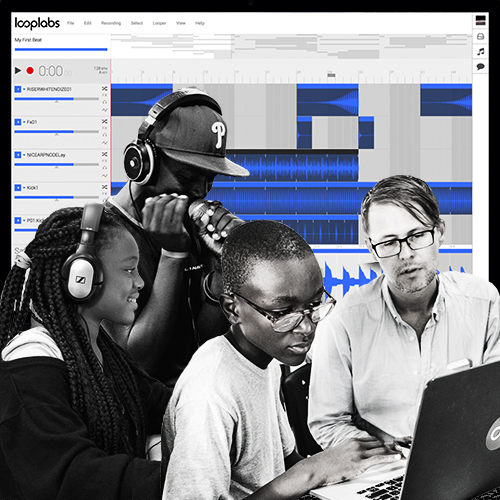
קרייג סוואן, the Founder and Chief Imagination Officer of Looplabs, wants everyone to be able to create their own music.
ל 20 שנים, Swann’s passion has been using technology to connect people and music. In the mid-1990’s, he founded the award-winning interactive agency, CRASH!MEDIA. ב 2001, Swann developed the Internet’s first online music studio, Looplabs — a free, שיתוף פעולה, cloud-based music studio sometimes called ‘the Google Docs of music’ as it lets anyone, regardless of technical skills or ability, easily make, share, and discover music anywhere, בכל עת, and with anyone–all from their web browser.
At the Center for Educational Innovation, Michael Kohlhagen says, “we are always looking for new ways to expose our students to new technology, new opportunities to explore their interests and talents and to express their creativity. LoopLabs does just this.”
Swann explains that the original idea for Looplabs came to him in 1992 “in a parking lot drum circle after a Grateful Dead show.” Fast forward to 2016 – Looplabs has been used by millions of people in 150 מדינות. It’s intuitive interface harmonically snaps more than 25,000 royalty-free sounds into the same tempo and musical key, removing the complexities of musical theory and allowing anyone with internet access to easily create their own music for their YouTube, Instagram, Vine videos or just for fun and learning.
To tell us more about Looplabs, including its expansion into the music education domain, it’s my pleasure to welcome Craig Swann to גלובל החיפוש לחינוך.

Let’s talk about your audience and what they are doing with Looplabs.
Our audience is everyone who is interested in creating and participating with music. בהחלט, we see the opportunity in targeting young people who have not been exposed to music through school, מִשׁפָּחָה, or community; those who have grown up digital and are creating and expressing themselves through the written word, צילום, and video. Technology has opened up to create tools of expressions in these mediums. Yet music is still void as a low-barrier form of digital expression. The platform currently has top users that are 8 years old and 68 שנים, a testament to the fact that people of all walks of life and all ages are interested in expressing themselves through music. So really, we see everyone as a potential target audience.
What’s unique and special about Looplabs versus other platforms or music software currently available on the market?
ראשית, it’s free! It’s also easy to use, with no steep learning curve. It provides tens of thousands of free, royalty-free sounds to be used spanning world-wide genres. Unique to our program is that we automatically tempo match and harmonically match every sound so that any clip is instantly placed into the same key, removing barriers to creation and empowering newcomers by making things sound contextually harmonic.
And because it’s platform and not just a tool, the eco-system allows for non-musicians to participate alongside musicians, music producers, אמנים, music labels/publishers and the industry as a whole. You can make and share music in real time with people around the planet.
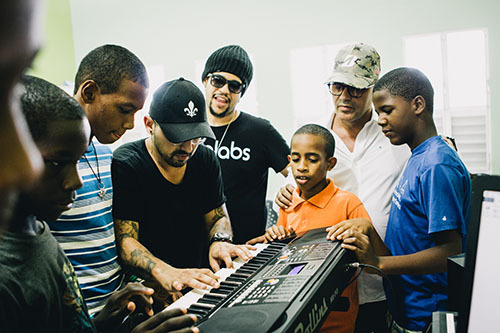
Just imagine a traditional music lesson – how do you envision the teacher and the students using Looplabs to enhance music learning?
We are currently working with Little Kids Rock and MusEd department of NYU to figure some of this out. Being a free tool AND collaborative we already see it being a way to better connect kids in the classroom to work together, collaboratively by creating together and bonding. Allowing a teacher to set up a project and then let every student interact and build off that one piece, but yet having them all connected at the same time provides powerful ways to learn by doing it together. It’s also available 24/7 from anywhere there is an internet connection allowing for further development and learning outside of the classroom.
Do you believe Looplabs is a good introduction to music composition?
בהחלט; it allows for easy, intuitive ways to explore composition, מִבְחָן, and try things more easily than on other platforms. Because Looplabs supports real-time collaboration, it allows for the real-time viewing of work along with guided instruction.
Do you think Looplabs inspires young people to want to play a musical instrument or perhaps understand the theory behind the music they are creating?
Looplabs serves, for many people, as their first experience making music. A good majority of our users have never had the chance or opportunity to experiment so easily with music production. In many ways we are holding their hands as they get their feet wet in the world of making music. We’ve had many conversations personally with our users who have gotten the music bug and let us know that they are now picking up instruments (like guitar and piano) as well as seeking out additional information on understanding music and how to better make, compose and arrange it, which involves an understanding of harmony, theory and music structure. So most certainly — כן. Looplabs is opening up a whole new world that many thought they would never participate in and the feedback is that this is a rabbit hole they want to continue down and understand better.
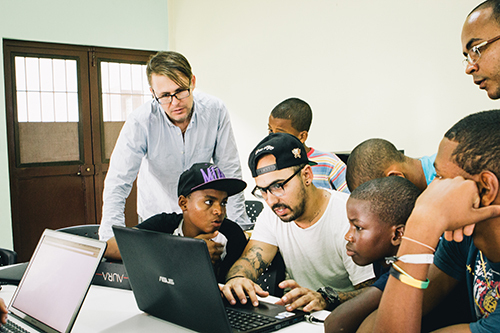
What do you see as the weaknesses of Looplabs?
Currently the platform does not support MIDI and creation of unique musical pieces (outside of recording music) This is a limitation and could be perceived as a weakness, עם זאת, it was done deliberately so that we can slowly hold the hands of newcomers, and excite and empower them to make music. We have MIDI creation in development now and will be rolling that out in the coming months along with support for plug and play of midi instruments.
Music as an art form – why is it important to you?
Everything is music, a vibration. It’s invisible and all-embracing, like a hug. It affects everyone. It spawns emotion and connects us. It uses both sides of the brain and has been shown to have dramatic impacts on learning. In some magical way, it has the power to connect us to ourselves, הרגשות שלנו, and to each other.
What do you dare dream for Looplabs in five, עשר, or even fifteen years from now?
We hope to continue growing the platform, opening it up so that all participants in the musical eco-system can participate. Our goal is to become the world’s largest cloud/online collection of free sounds to use, coupled with free tools for anyone to access. We want to grow the platform to fully support education such as classroom management and other necessary features to be able to be easily integrated into school systems. We ultimately want to become the number one platform for music creation in the world.
(All pictures are courtesy of Looplabs and CMRubinWorld)
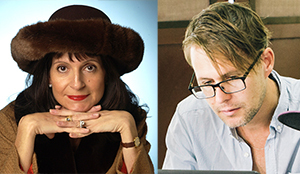

הצטרף אליי ולמנהיגי מחשבה מוכרת בעולם כולל סר מייקל ברבר (בריטניה), DR. מיכאל בלוק (ארה"ב), DR. ליאון בוטשטיין (ארה"ב), פרופסור קליי כריסטנסן (ארה"ב), DR. לינדה דרלינג-Hammond (ארה"ב), DR. MadhavChavan (הודו), פרופ 'מיכאל Fullan (קנדה), פרופ 'הווארד גרדנר (ארה"ב), פרופ 'אנדי הארגריבס (ארה"ב), פרופ 'איבון הלמן (הולנד), פרופ 'קריסטין Helstad (נורווגיה), ז'אן הנדריקסון (ארה"ב), פרופ 'רוז Hipkins (ניו זילנד), פרופ 'קורנליה הוגלנד (קנדה), הכבוד ג'ף ג'ונסון (קנדה), גברת. שנטל קאופמן (בלגיה), DR. EijaKauppinen (פינלנד), מזכיר המדינה TapioKosunen (פינלנד), פרופ 'דומיניק לפונטיין (בלגיה), פרופ 'יו לאודר (בריטניה), לורד קן מקדונלד (בריטניה), פרופ 'ג'ף מאסטרס (אוסטרליה), פרופ 'בארי McGaw (אוסטרליה), שיב נדאר (הודו), פרופ 'R. נטריגין (הודו), DR. PAK NG (סינגפור), DR. דניז אפיפיור (ארה"ב), שרידהר ךאג'גופלן (הודו), DR. דיאן ראוויטש (ארה"ב), ריצ'רד וילסון ריילי (ארה"ב), סר קן רובינסון (בריטניה), פרופ Pasi Sahlberg (פינלנד), פרופ Manabu סאטו (יפן), אנדריאס שלייכר (PISA, OECD), DR. אנתוני סלדון (בריטניה), DR. דוד שפר (ארה"ב), DR. קירסטן Immersive Are (נורווגיה), קנצלר סטיבן ספאן (ארה"ב), איב Theze (LyceeFrancais ארה"ב), פרופ 'צ'רלס Ungerleider (קנדה), פרופ 'טוני וגנר (ארה"ב), סר דייוויד ווטסון (בריטניה), פרופסור דילן Wiliam (בריטניה), DR. מארק Wormald (בריטניה), פרופ 'תיאו Wubbels (הולנד), פרופ 'מייקל יאנג (בריטניה), ופרופ 'Minxuan ג'אנג (סין) כפי שהם לחקור שאלות חינוך תמונה הגדולות שכל המדינות מתמודדות היום.
גלובל החיפוש לחינוך עמוד קהילה
C. M. רובין הוא המחבר שתי סדרות מקוונות רבים קוראות שלהיא קיבלה 2011 הפרס אפטון סינקלר, “גלובל החיפוש לחינוך” ו “איך וויל אנחנו קראו?” היא גם מחברם של שלושה ספרים רבי מכר, כולל אליס בארץ הפלאות Real, הוא המוציא לאור של CMRubinWorld, והוא משבש קרן עמית.

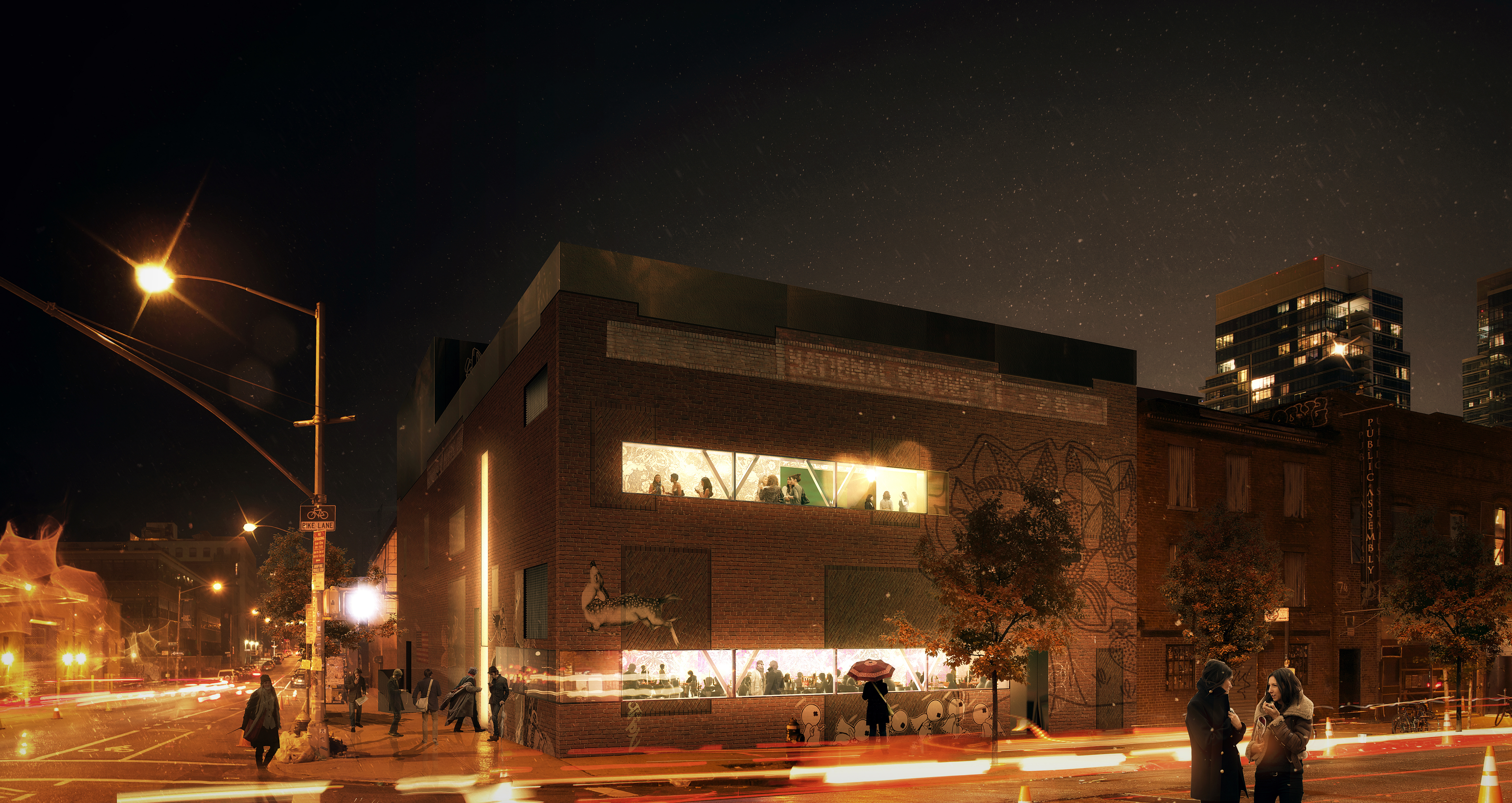
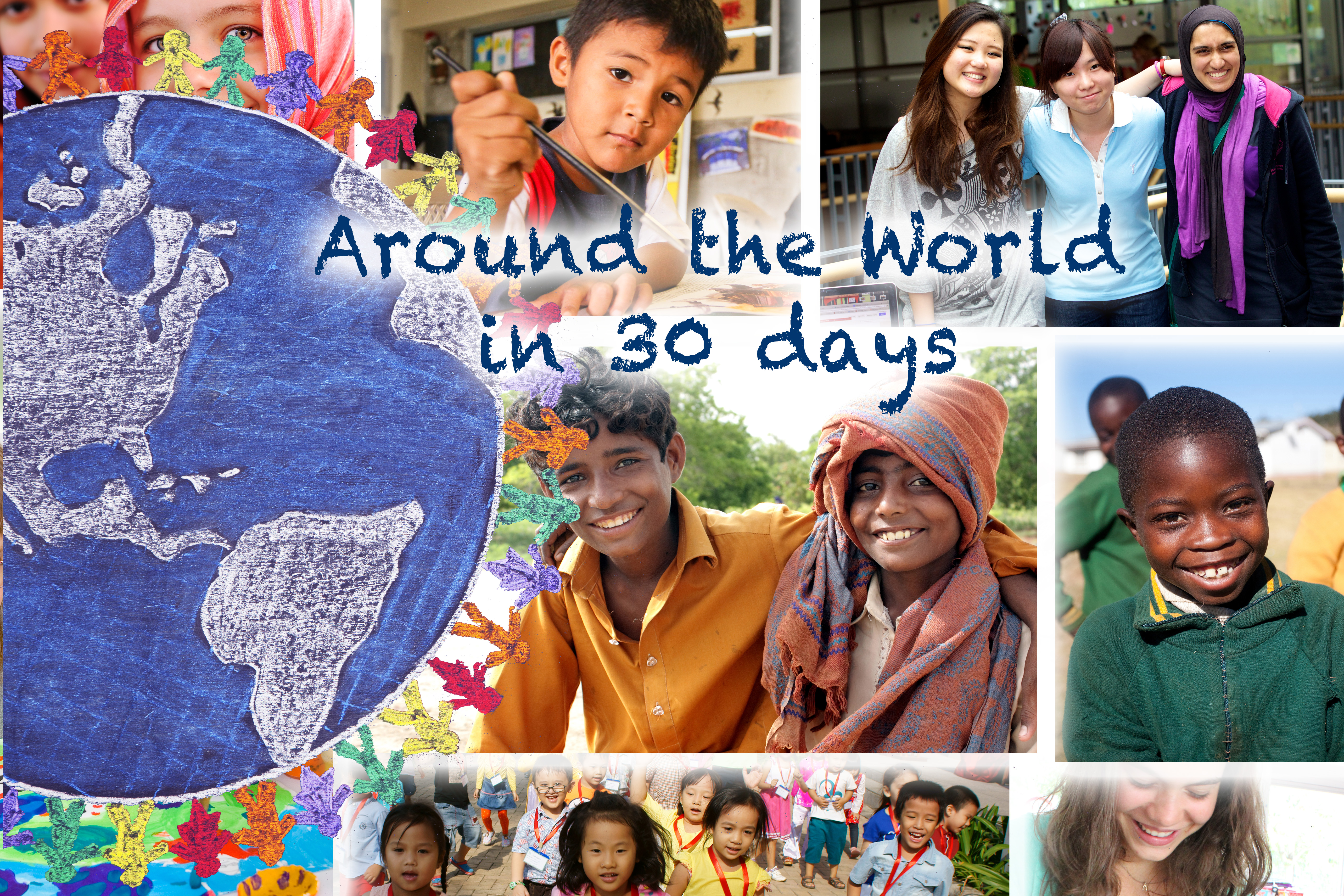
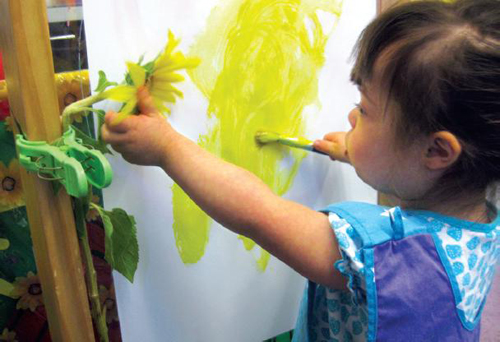

תגובות אחרונות